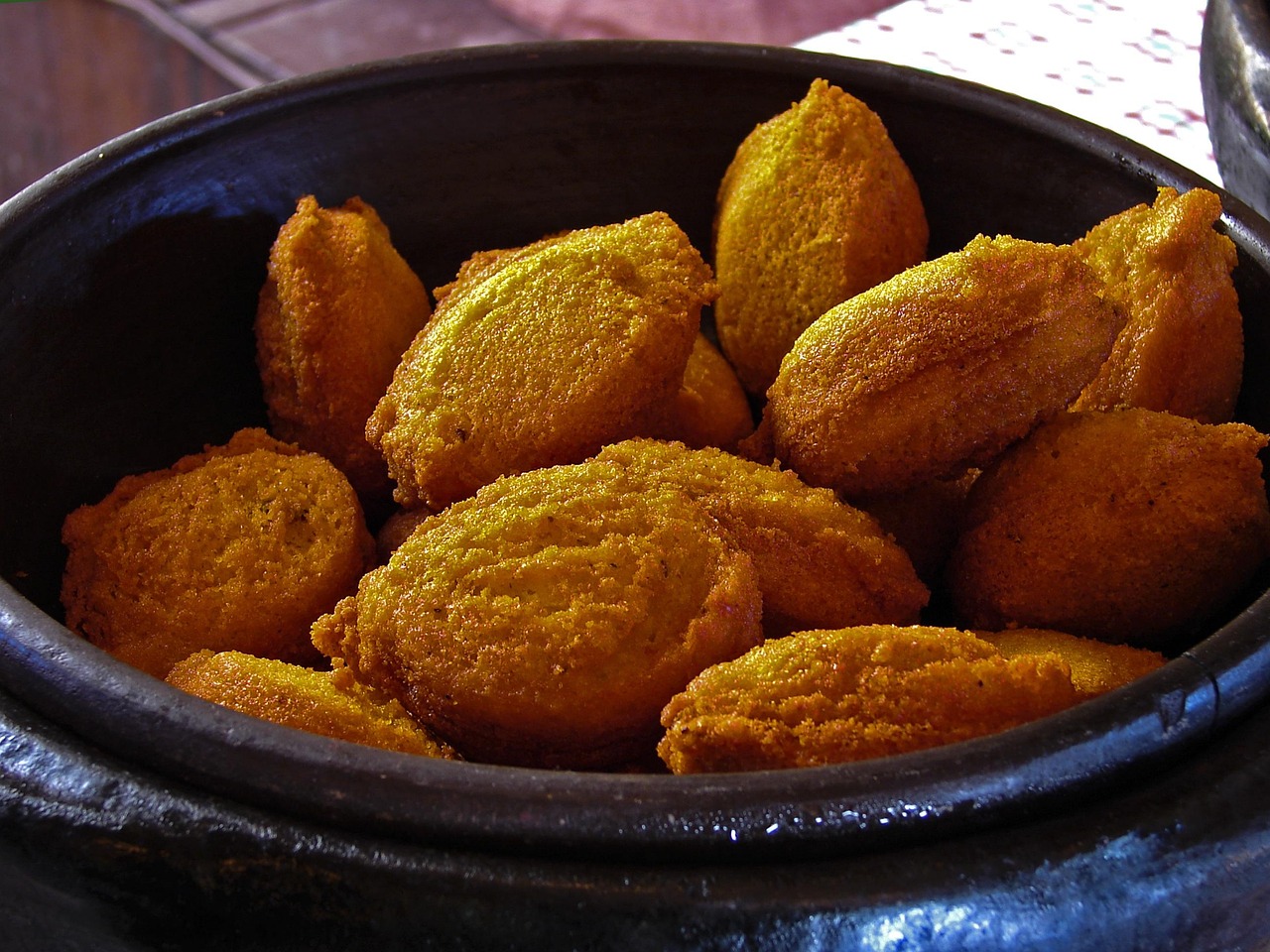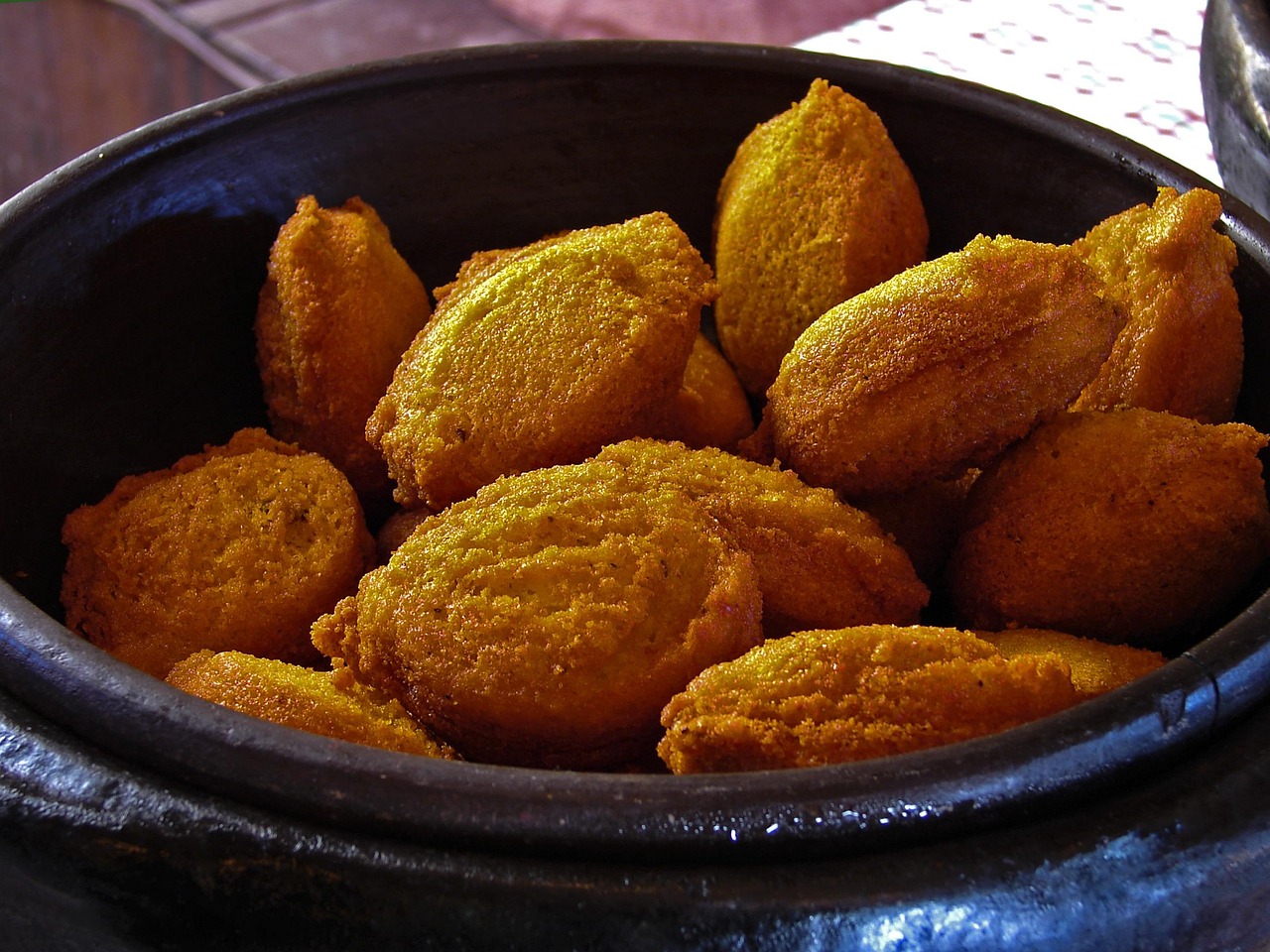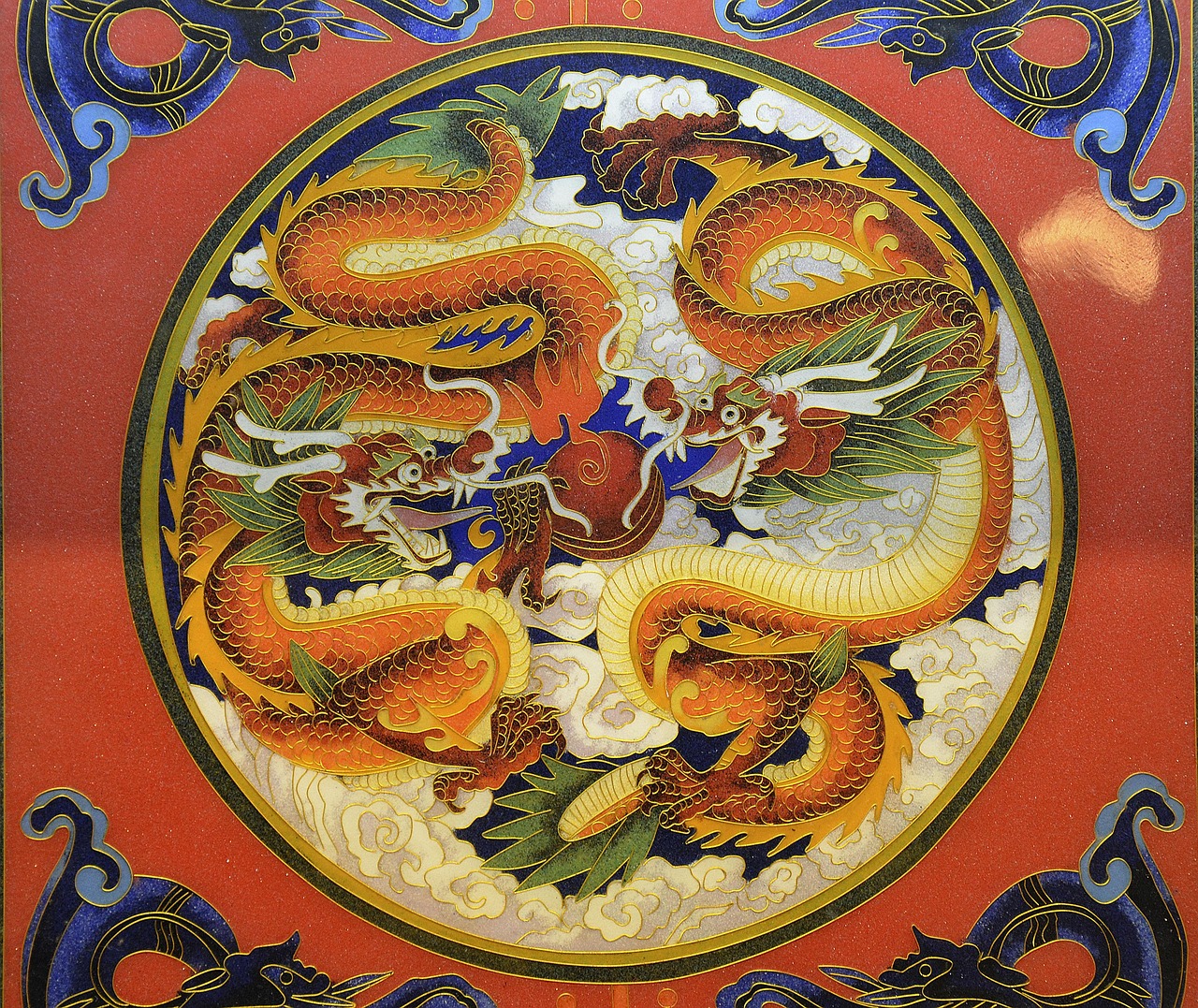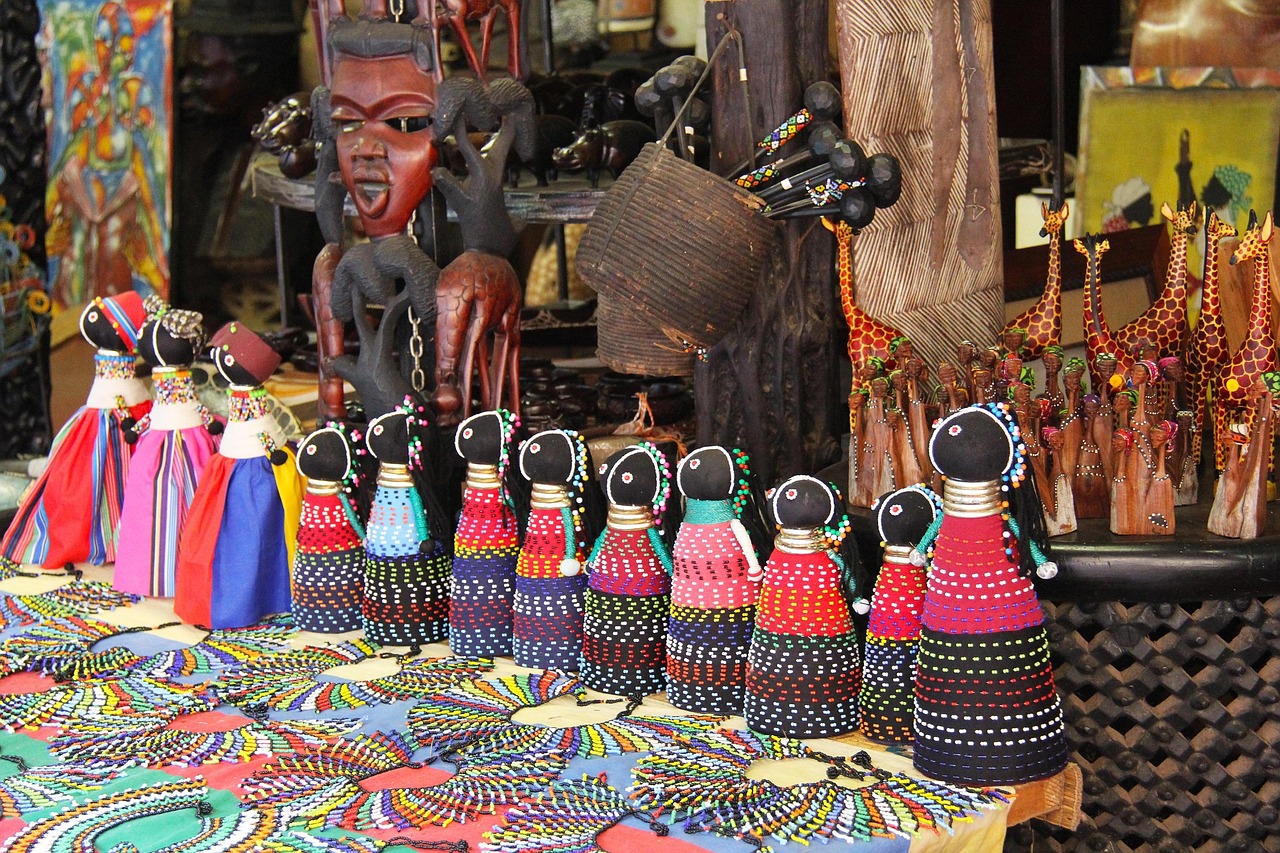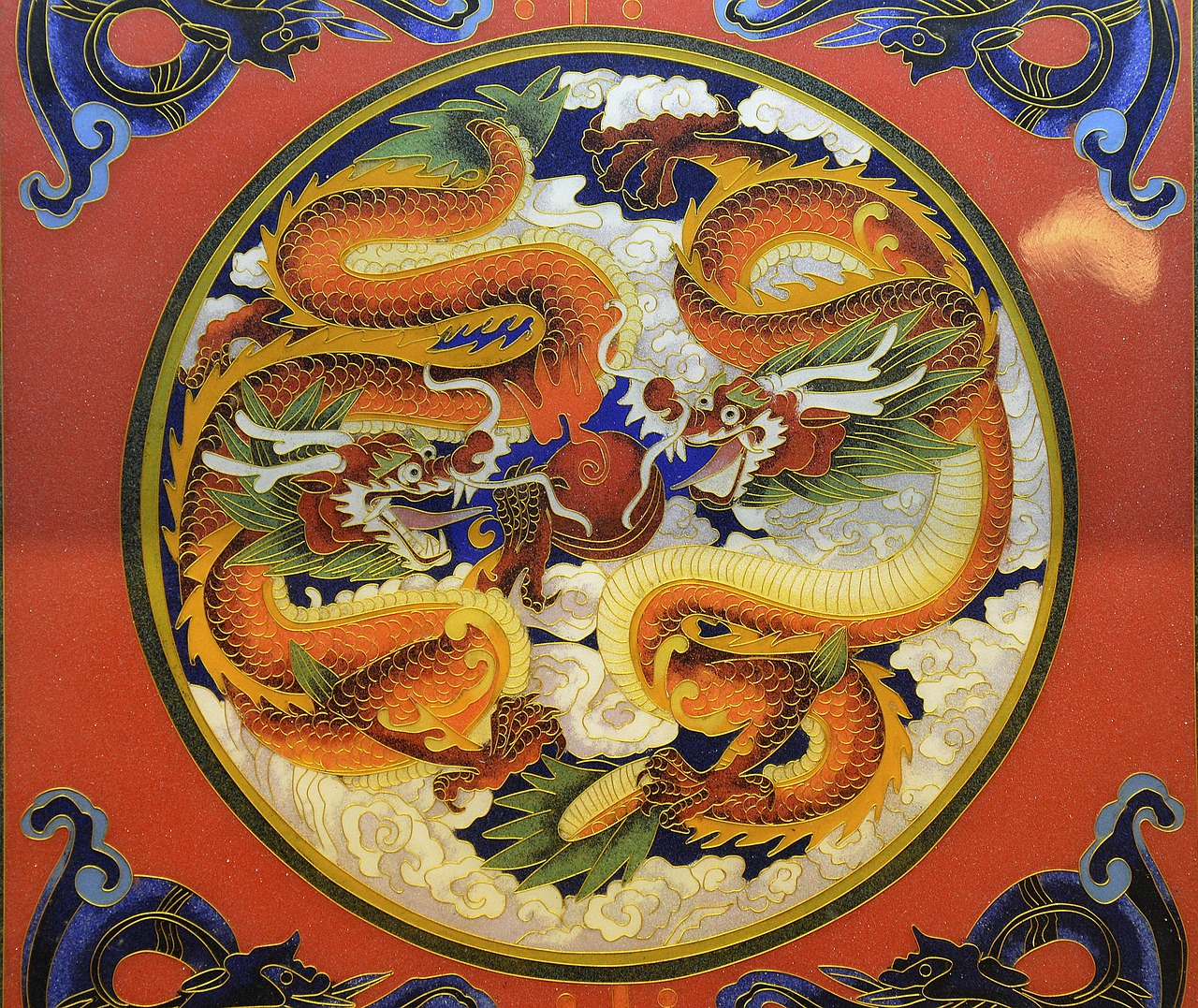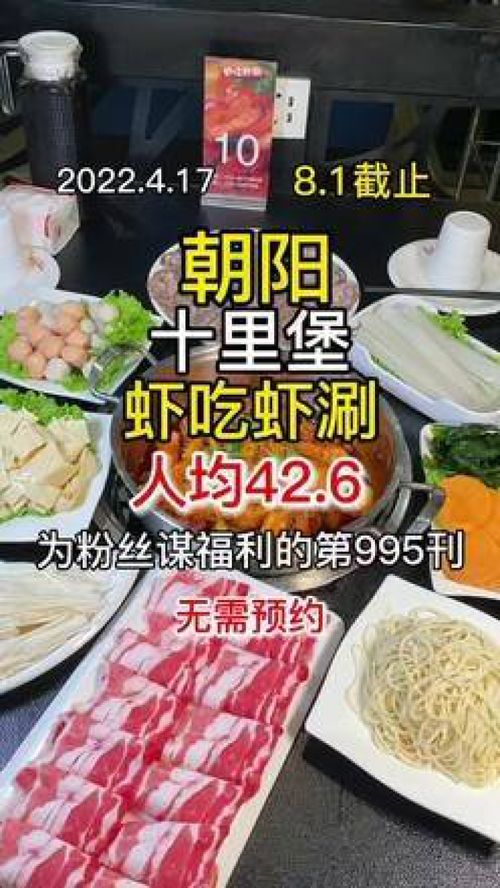The Profound and Diverse World of Chinese Cuisine:A Culinary Journey Through Time and Tradition
Introduction
China, a country with a rich history spanning over five thousand years, has developed a culinary culture that is as diverse and complex as its geography and people. From the bustling streets of Beijing to the serene landscapes of the Yangtze River, Chinese cuisine has evolved into a tapestry of flavors, techniques, and traditions that are unique to each region. This article will take you on a journey through the profound and diverse world of Chinese food, exploring its history, regional variations, and the cultural significance of its dishes.
The Roots of Chinese Cuisine
Chinese cuisine is deeply rooted in the philosophy of balance and harmony, which is reflected in the way ingredients are combined and prepared. The ancient Chinese believed that the five flavors—sour, bitter, sweet, spicy, and salty—should be balanced in every dish to promote good health and well-being. This principle is still evident in modern Chinese cooking, where the art of combining ingredients to create a harmonious taste is highly valued.
The Four Great Traditions
Chinese cuisine is often categorized into four major traditions: Cantonese (Yue), Sichuan (Chuan), Shandong (Lu), and Jiangsu (Su). Each tradition has its own distinct characteristics and culinary techniques, which have been shaped by the region's climate, geography, and historical influences.
Cantonese Cuisine

Cantonese cuisine, originating from the Guangdong province, is known for its light and refreshing flavors. It emphasizes the use of fresh ingredients, with an emphasis on seafood and poultry. The cooking techniques are diverse, including steaming, stir-frying, and braising. Dim sum, a popular dining experience in Cantonese culture, features a variety of small, bite-sized dishes that are meant to be shared among friends and family.
Sichuan Cuisine
Sichuan cuisine, from the Sichuan province, is famous for its bold and spicy flavors. The use of chili peppers, Sichuan peppercorns, and garlic gives dishes a distinctive "numbing" and spicy taste. Sichuan cooking techniques include dry frying, braising, and smoking, and the cuisine is known for its strong flavors and rich colors. Dishes such as Kung Pao Chicken and Mapo Tofu are iconic examples of Sichuan cuisine.
Shandong Cuisine
Shandong cuisine, from the Shandong province, is known for its emphasis on seafood and the use of fresh vegetables. The cooking techniques are simple and straightforward, with a focus on preserving the natural flavors of the ingredients. Shandong cuisine is also known for its use of vinegar and its hearty, filling dishes, such as Peking Duck, which originated in the region.
Jiangsu Cuisine
Jiangsu cuisine, from the Jiangsu province, is characterized by its delicate flavors and elegant presentation. The cuisine is known for its sweet and sour dishes, as well as its use of freshwater fish and river crabs. Jiangsu cooking techniques include braising, stewing, and slow cooking, which result in tender and flavorful dishes. Suzhou-style soup dumplings are a famous delicacy from this region.
The Art of Chinese Cooking
Chinese cooking is an art form that requires skill, patience, and a deep understanding of the ingredients. Some of the key techniques include:
- Stir-frying: A high-heat cooking method that quickly cooks ingredients while preserving their texture and flavor.
- Steaming: A gentle cooking method that uses steam to cook food, which is particularly popular for seafood and dumplings.
- Braising: A slow-cooking method that involves cooking food in a small amount of liquid, resulting in tender and flavorful dishes.
- Dumpling making: An intricate process that involves wrapping fillings in dough and then cooking them, either by boiling, steaming, or pan-frying.
Cultural Significance
Food plays a central role in Chinese culture, and meals are often a time for family and friends to gather and share in the joy of eating. Traditional Chinese festivals and celebrations often revolve around specific dishes that are believed to bring good luck and prosperity. For example, during the Lunar New Year, it is customary to eat dumplings, which symbolize wealth, and fish, which represents abundance.
Chinese cuisine also has a strong connection to health and well-being. The concept of "Qi" or life energy is central to Chinese medicine, and certain foods are believed to have properties that can balance and enhance Qi. This is why certain ingredients, such as ginseng and goji berries, are often used in Chinese cooking for their perceived health benefits.
Conclusion
The world of Chinese cuisine is a vast and intricate one, with a history and complexity that mirrors the rich tapestry of Chinese culture. From the spicy kick of Sichuan peppercorns to the delicate flavors of Jiangsu seafood, each region offers a unique culinary experience that is deeply rooted in tradition and history. As you explore the flavors of China, you are not just tasting food; you are experiencing a culture that values balance, harmony, and the joy of sharing a meal with loved ones. Whether you are dining in a small village or a bustling city, Chinese cuisine offers a culinary adventure that is as diverse as it is delicious.


